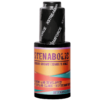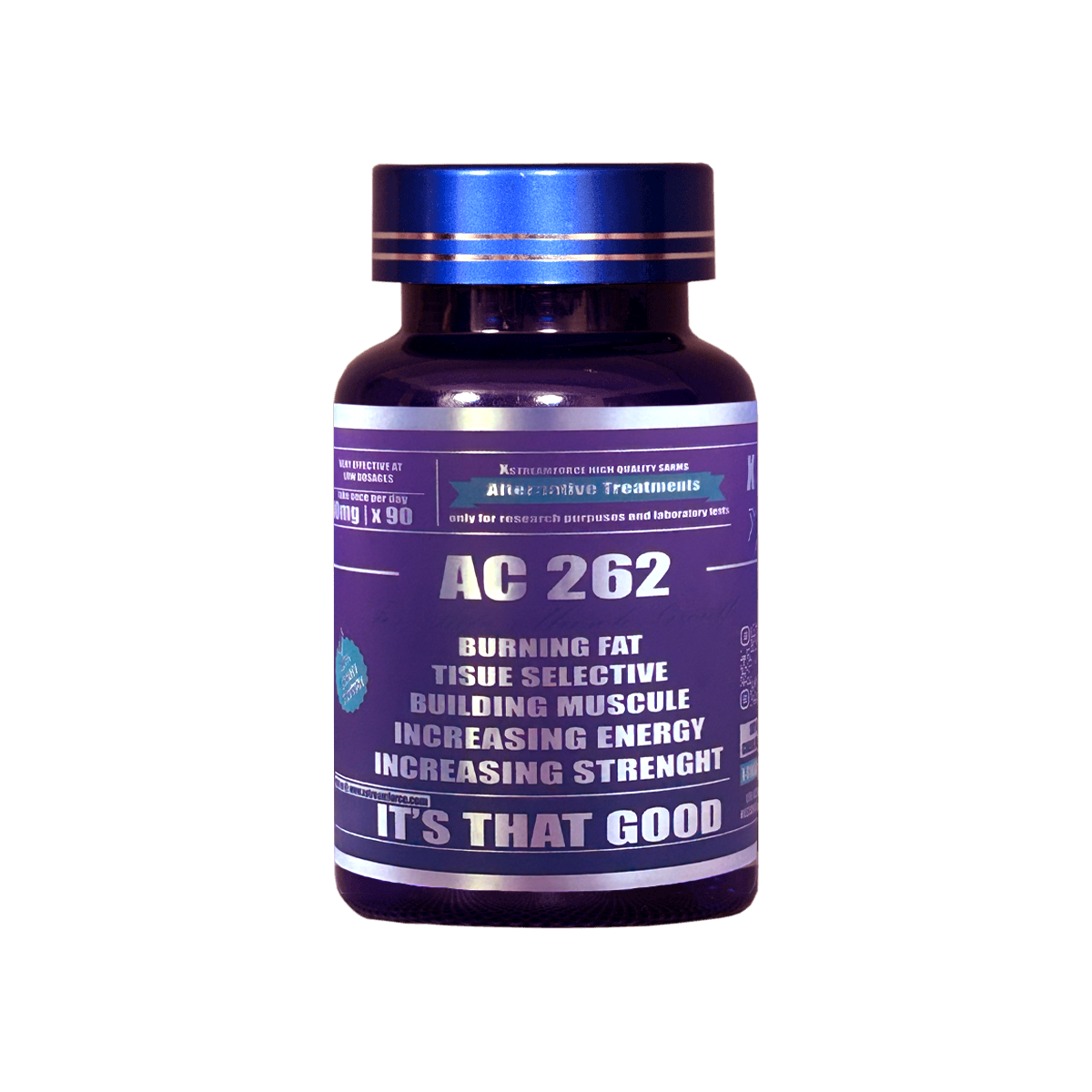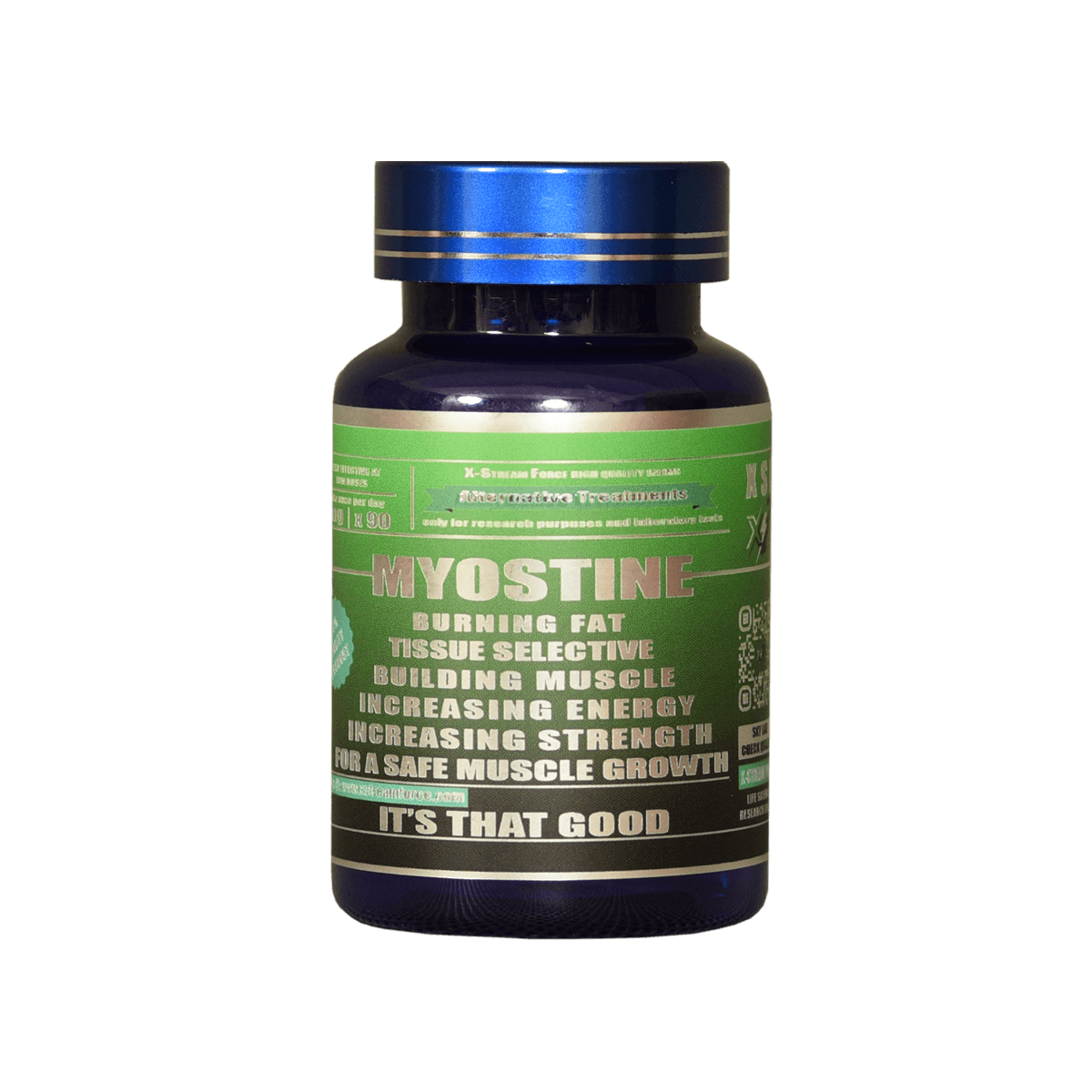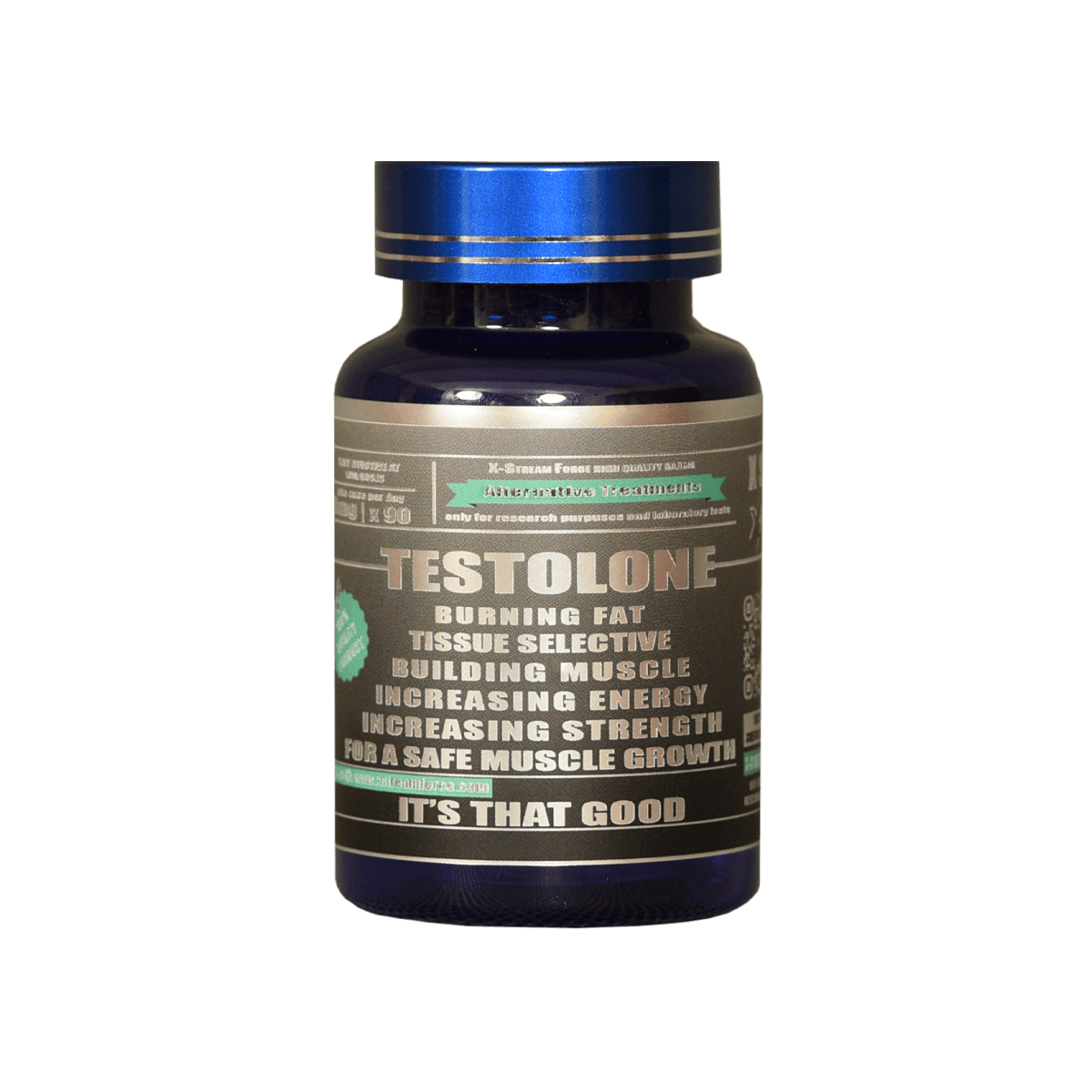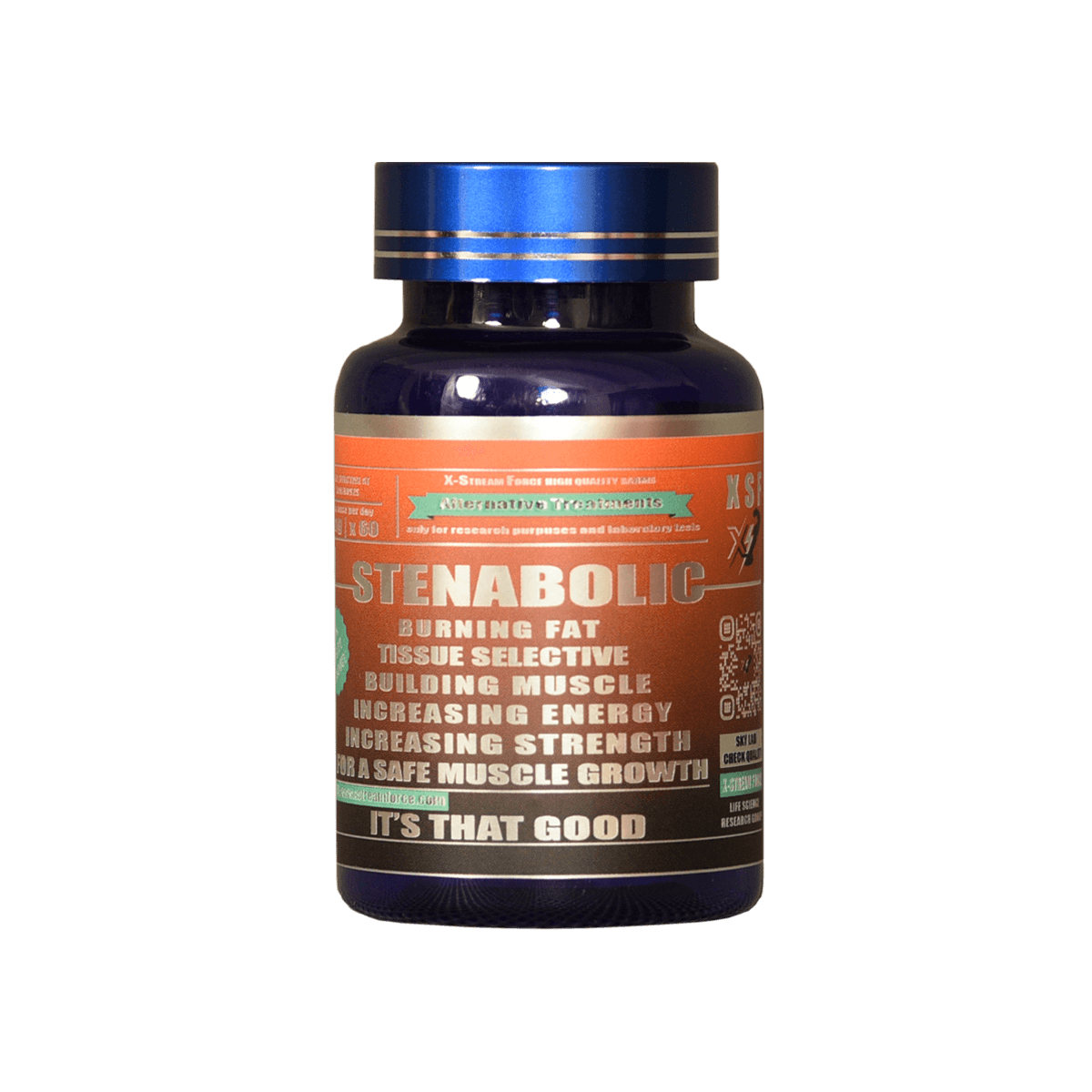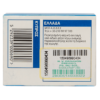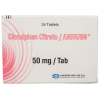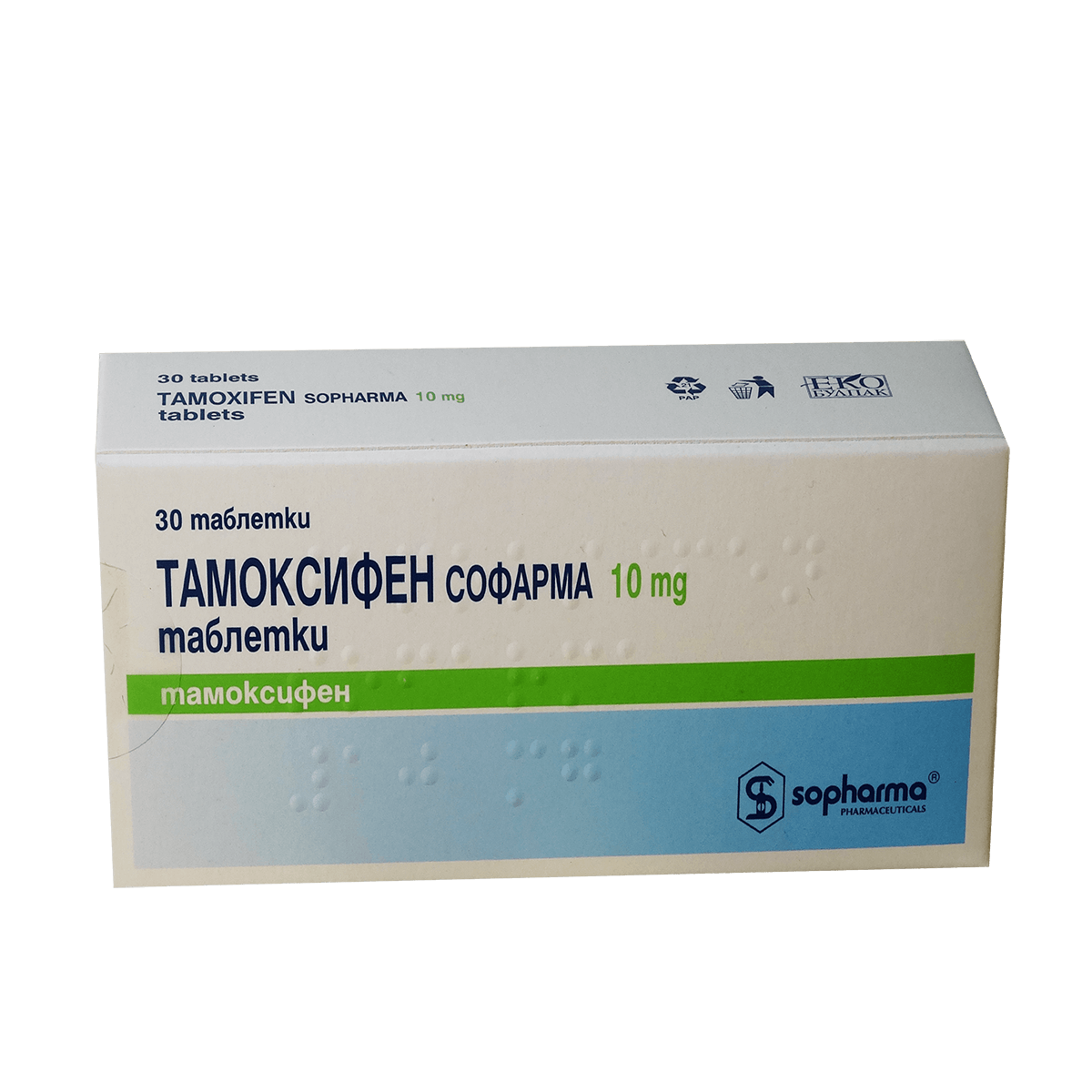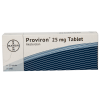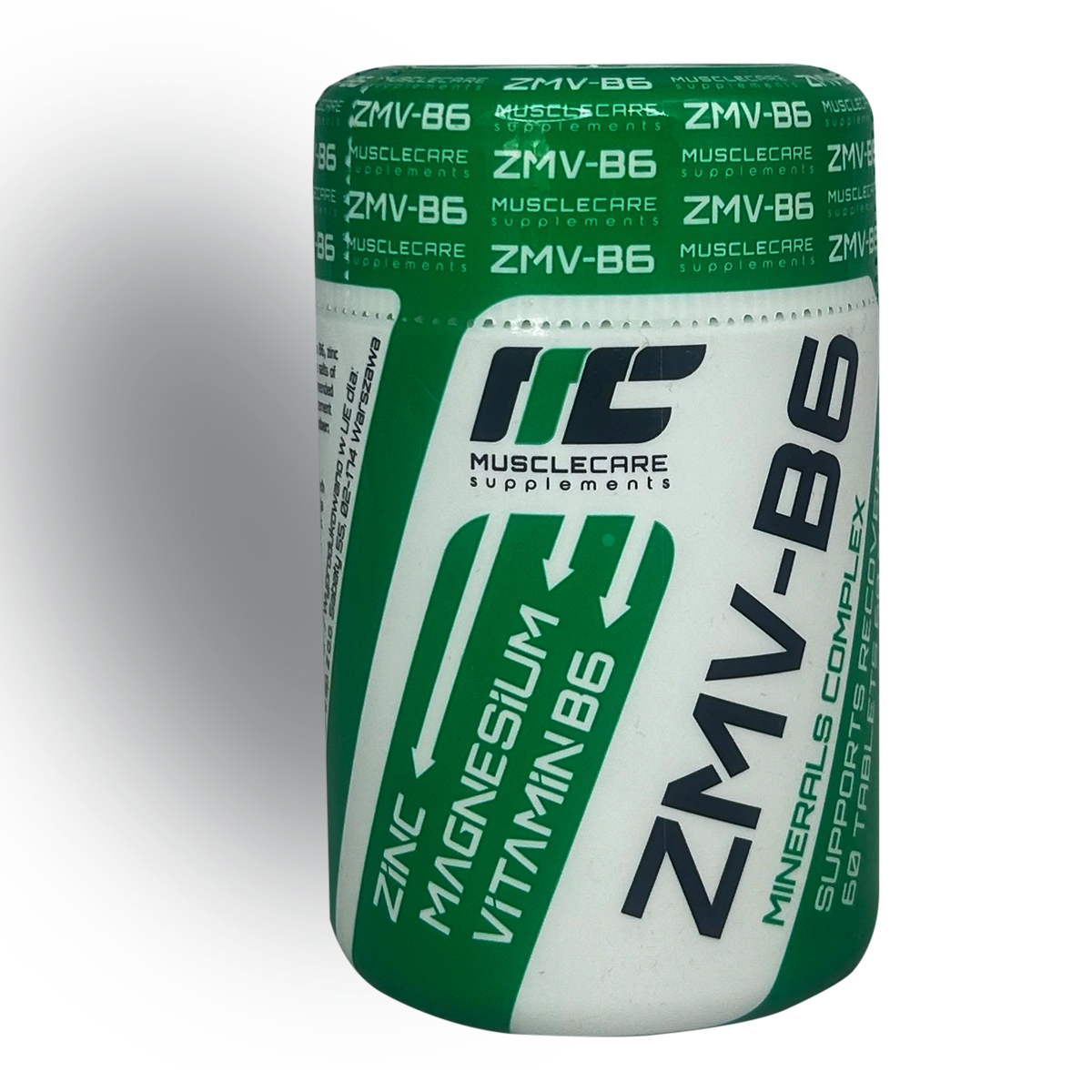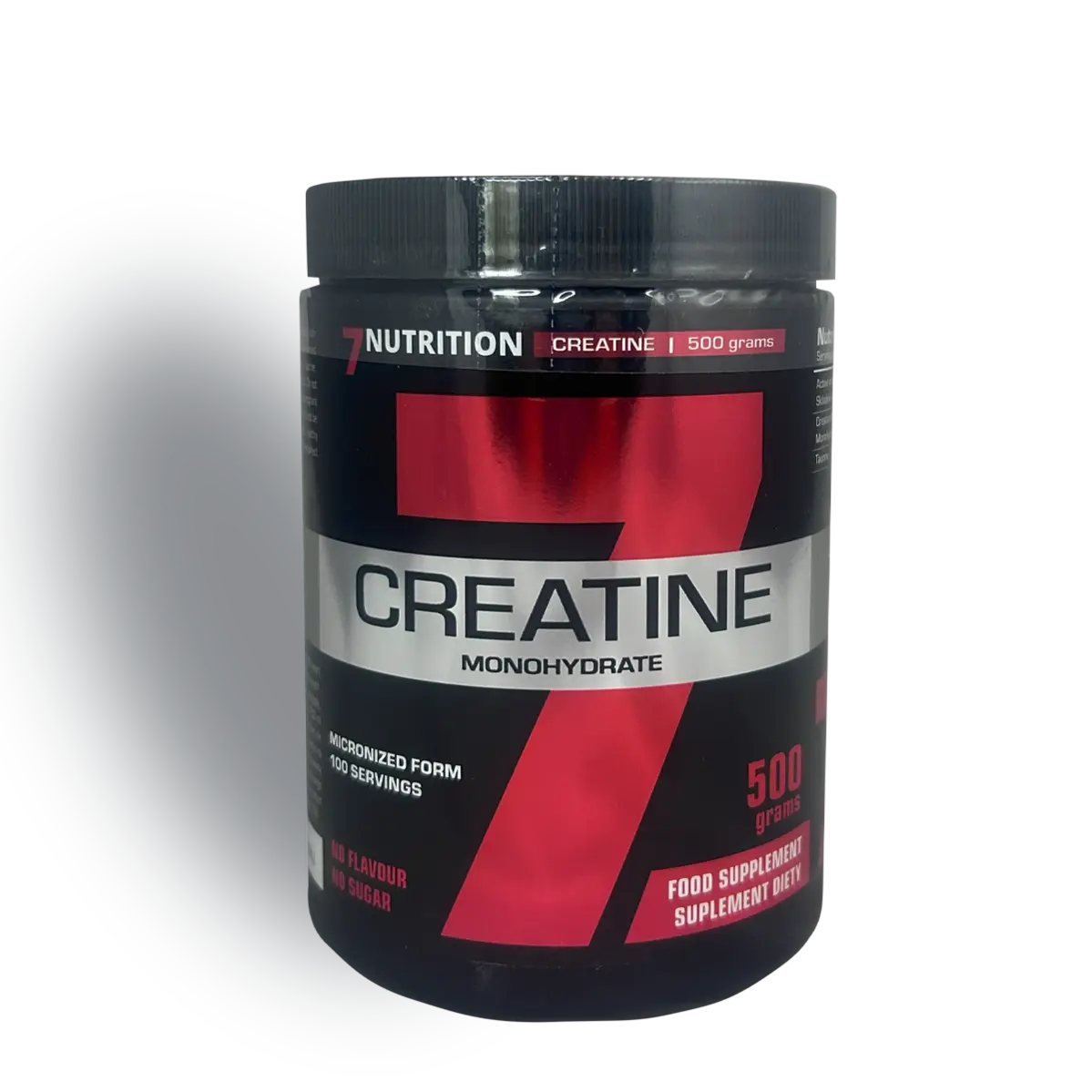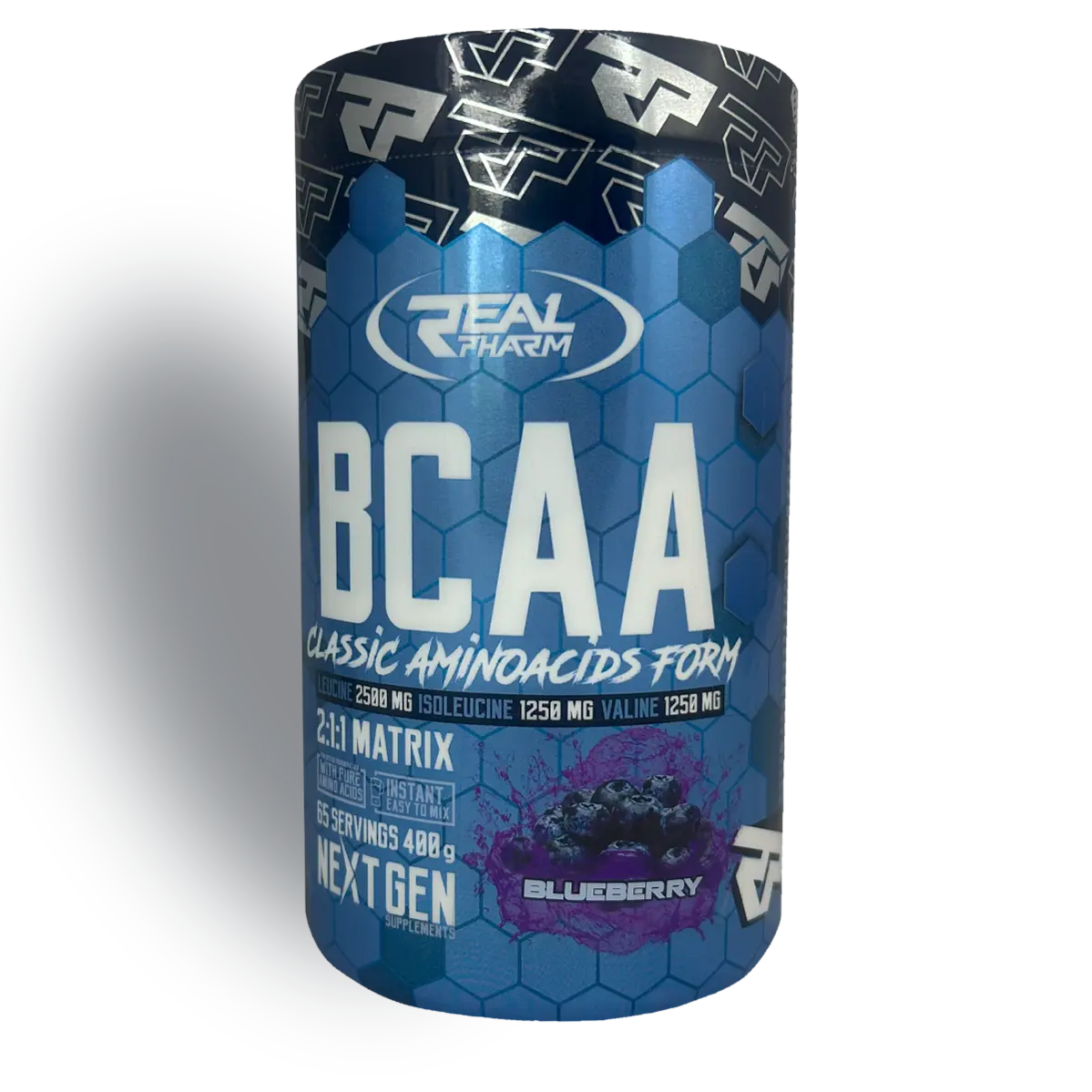Everything you need to know
about SARMs
SARM stands for selective androgen receptor modulator, and it’s a type of drug that’s chemically similar to anabolic steroids.
While steroids are known to promote muscle growth, they also cause many other physiological changes in the body, most of which are unwanted or harmful. Thorny issues like excessive hair growth, acne, balding, and testicular atrophy. Basically, steroids “carpet bomb” your body with powerful hormones, and your muscles are just one potential “target.”
SARMs are different. Instead of affecting a wide variety of organs in your body, SARMs selectively interact with only a handful of different tissues, mainly your muscles and bones.
That’s the idea, anyway!!!
While SARMs supplements seem like a holy grail for building muscle, they’re also largely unregulated and untested officially in humans. This means it’s impossible to predict exactly what SARMs’ side effects are or how they’ll impact your health in the long term. Although people are using SARMs since 1990 and they enjoying their benefits and are still alive and in a perfect health.

What Are SARMs?
SARMs are a type of therapeutic drug that’s chemically similar to anabolic steroids, but were originally discovered when scientists were working on treatments for prostate cancer.
Since then, SARMs have been studied as a therapy for . . .
- Hypogonadism (diminished activity of the testes or ovaries)
- Osteopenia and osteoporosis
- Alzheimer’s disease
- Benign prostatic enlargement
- Stress-induced urinary incontinence
- Sarcopenia (muscle and strength loss due to aging)
- Muscular dystrophy
- Cachexia (weakness and wasting of the body due to severe chronic illness)
Despite their many potential uses in medicine, most of the hype surrounding SARMs is focused on their ability to help build muscle and boost performance.
Supplement marketers claim that SARMs mimic the positive effects of testosterone in muscle and bone tissue, but have little effect on the other cells in the body, and thus the endocrine system as a whole.
In other words, SARMs can tell your muscle cells to grow without all the noise, mess, and collateral damage caused by anabolic steroids.
Technically speaking, SARMs accomplish this in two ways:
- They have a special affinity for certain tissues like muscle and bone, but not for others, like the prostate, liver, and brain.
- They don’t break down into molecules that cause unwanted side effects as easily. This second point is rather significant.
One key characteristic of SARMs is they’re not easily converted into an enzyme called 5-a reductase, which converts testosterone into DHT, a driver of many of the undesirable effects of steroid use.
SARMs are also resistant to the enzyme aromatase, which converts testosterone into estrogen.
Finally, because SARMs are less powerful than regular steroids, they don’t suppress natural testosterone production as heavily, making them easier to recover from.
Bodybuilders usually take SARMs for one of two reasons:
- To “get their feet wet” with anabolic drug use before going into traditional steroid cycles.
- To increase the effectiveness of steroid cycles without exacerbating side effects or health risks.
Many bodybuilders also believe that SARMs are especially helpful for cutting because they help retain lean mass but don’t seem to increase water retention.
How well do these drugs work?
Well, research shows that SARMs aren’t as powerful for muscle building as traditional steroids, but they’re certainly more effective than anything natural you can take (like creatine).
They’re also popular among athletes because they’re harder to detect in drug testing (although this is changing as regulatory agencies improve their testing methods).
SARMs suppress your natural testosterone production.
One of the keys selling points for many types of SARMs is the claim that they don’t blunt your body’s production of testosterone. This is not the whole truth. They actually do.
For example, in one study conducted by scientists at the behest of GTx, Inc., a pharmaceutical company that specializes in making SARMs, male subjects taking 5 mg of the SARM “OSTARINE” per day for 93 days experienced a 17% drop in free testosterone and 33% drop in total testosterone levels (during the trial).
Similar effects were seen in another study conducted by scientists at Boston University with the SARM “LIGANDROL”. In this case, 76 men aged 21 to 50 experienced a 45% drop in total testosterone levels after taking 3 mg of “LIGANDROL” per day for just 4 weeks. It also took, 5 weeks for their natural testosterone production to recover.
All this isn’t surprising when you consider the basic physiology in play:
When you introduce androgens into the body, it recognizes the spike and responds by reducing its own production of its own similar hormones. In other words, your body is smart—if you’re getting plenty of hormones from drugs, your body doesn’t waste resources on making its own.
It is better if you do a PCT with “Colomid” or “Proviron”. And it is not a bad idea if you take “Tamoxifen” during the cycle with SARMs.
SARMs may cause liver dmage?
Several recent case reports have found that SARM usage for between three and six weeks caused a drug-induced liver injury. In every case, the SARMs were being taken as muscle-building supplements (and thus at fairly high doses). Our line of liquid SARMs actually is designed for exactly this reason and it is, to bypass liver toxicity. It is true! Taking liquid SARMs via buccal mucosa prevents the liver of undergoing a process of breaking the 17 alpha-alkylated androgens. Our liquid line of SARMs is designed to be enough concentrated in a small quantity (0,4ml), so it could be absorbed under the tongue for a few seconds trough one of the most Absorption sensitive drug receptors in our body. And this you can’t read anywhere.
Are SARMs easier to recover from than regular steroids?
Probably.
Since SARMs don’t convert into molecules that cause unwanted side effects, like DHT and estrogen, they likely don’t impact your endocrine (hormonal) system as negatively.
SARMs also aren’t as anabolic as pure testosterone, which means they probably don’t suppress natural testosterone as much (although there isn’t enough research available to know for sure).
You should not exceed the daily dosage if you do not want to experience negative effects.


